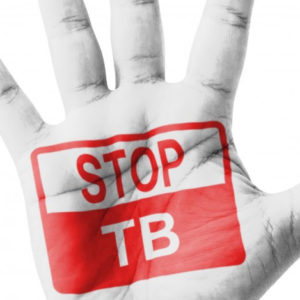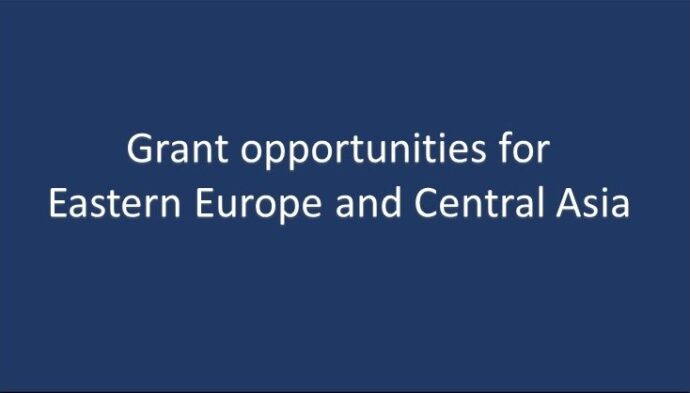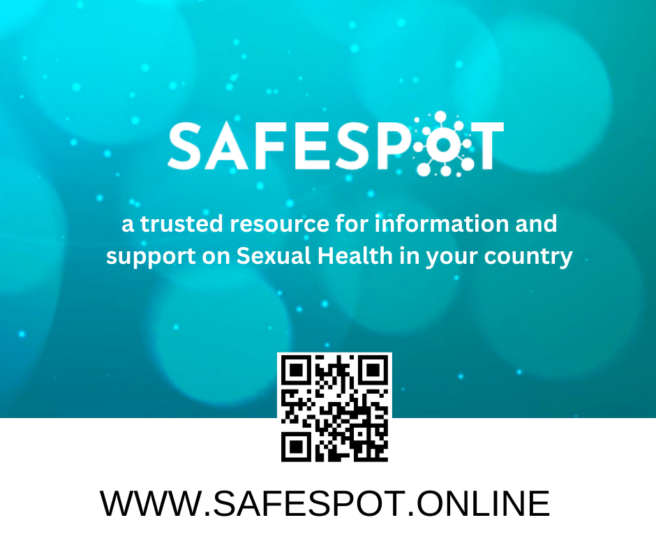 Nearly one year after the first-ever United Nations High-Level Meeting on Tuberculosis, the Stop TB Partnership, the Global Fund to Fight AIDS, Tuberculosis and Malaria, and the World Health Organization, call for immediate action to implement the commitments that were made by Head of States and Governments.
Nearly one year after the first-ever United Nations High-Level Meeting on Tuberculosis, the Stop TB Partnership, the Global Fund to Fight AIDS, Tuberculosis and Malaria, and the World Health Organization, call for immediate action to implement the commitments that were made by Head of States and Governments.
Targets that were agreed in the October 2018 Political Declaration of the High-Level Meeting of the General Assembly on the Fight Against Tuberculosis for 2018-2022 are:
1) to provide appropriate diagnosis and treatment to 40 million people with TB, including 3.5 million children and 1.5 million people with drug-resistant TB;
2) to reach at least 30 million people with preventive treatment, including 4 million children under the age of five, 6 million people living with HIV and 20 million other household contacts of people affected by TB;
3) to mobilize US$13 billion annually needed by 2022 for implementation;
4) to mobilize US$2 billion annually for TB research and innovation.
The Stop TB Partnership, in collaboration with Avenir Health, has produced a breakdown of what the global 40 million and 30 million treatment targets mean for each country, using the latest estimates of TB disease burden and data on case notifications published by WHO. This country-by-country breakdown (http://www.stoptb.org/resources/countrytargets/) provides indicative targets and benchmarks that could be used to inform country dialogue, further refinement and development of official national and sub-national targets, linked to the development and updating of national strategic plans for TB and associated funding requests, including to the Global Fund.
TB is now the world’s leading infectious killer, surpassing even HIV. In 2017, TB killed 1.6 million people, including 300,000 HIV-positive people.
Several high-TB burden countries have already started to use indicative targets to plan their actions towards ending TB, and others must do so as well if we are to collectively achieve the targets of the High-Level Meeting.
“The UN High-Level Meeting in 2018 demonstrated much greater political commitment to tackling TB, but now we need to deliver. We urgently need increased international funding to fight TB, and increased domestic resource mobilization,” said Peter Sands, Executive Director of the Global Fund. “Together, we must step up the fight to diagnose and cure the millions currently being left untreated and to counter the threat of drug-resistant TB. We can only reach the goal of ending TB as an epidemic by 2030 if we act now.”




